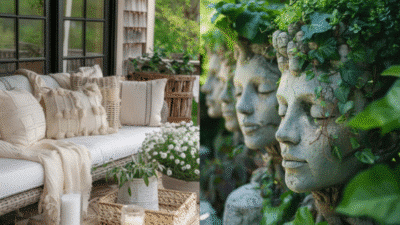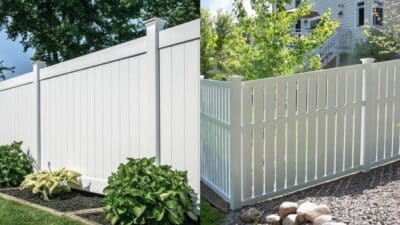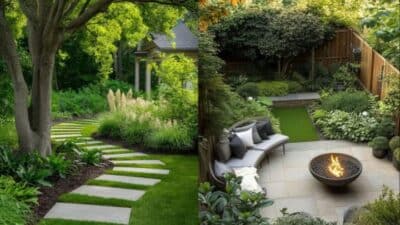Creating a Space That’s Fun and Functional
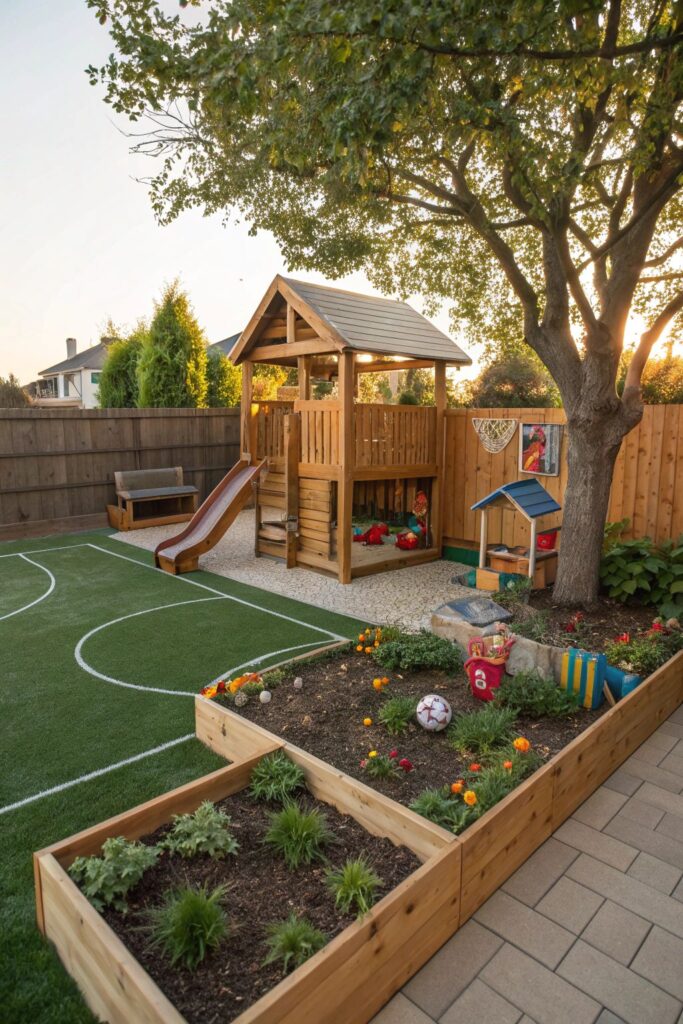
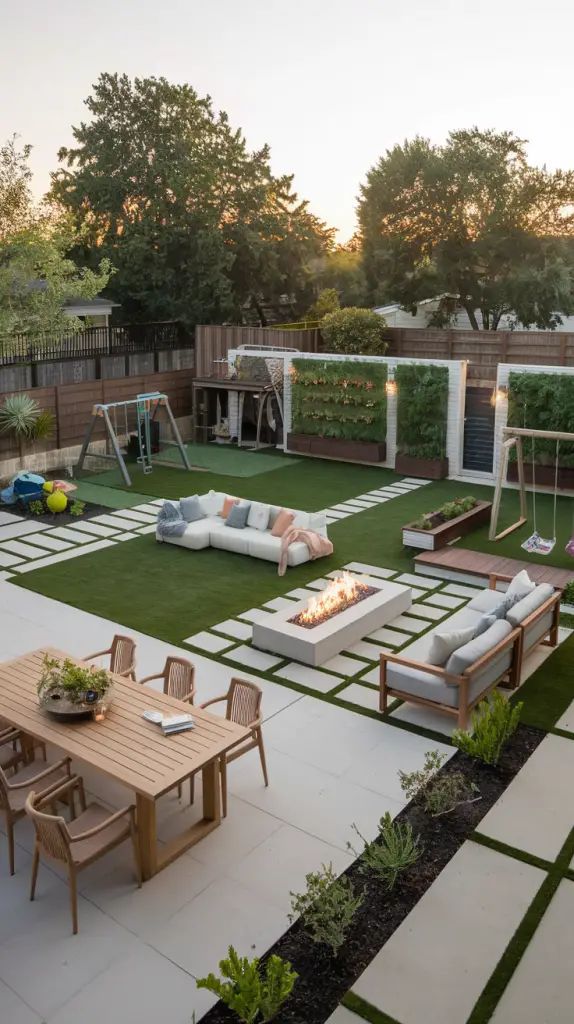
Designing a backyard for kids isn’t just about adding swings and soft grass. It’s about giving children freedom to explore, while still making sure you can keep an eye on them—and they stay within safe limits. A well-thought-out layout can reduce accidents, avoid neighbour disputes, and ease the stress of constantly supervising every moment outside.
Here’s how to create a space that encourages play and discovery, while still ticking the boxes for safety, privacy, and peace of mind.
Start With Visibility: Keep the Line of Sight Clear
Whether you’re working with a large yard or a compact courtyard, one of the most important elements in family-friendly landscaping is visibility. Being able to see where your kids are from the kitchen window or back deck can save you from a lot of guesswork—and the occasional heart-stopping moment.
- Trim overgrown shrubs and prune tree canopies that block your view of play areas.
- Avoid tall hedges or structures that create hidden corners, especially around pools, trampolines, or treehouses.
- Position key play equipment—like sandpits, slides, or cubby houses—where they’re clearly visible from inside the house.
If you have older, oversized trees that are beginning to obstruct sightlines or drop dangerous limbs, it might be time to consult a professional tree removal services sydney that can improve safety without removing the natural charm of your yard.
If you have older, oversized trees that are beginning to obstruct sightlines or drop dangerous limbs, it might be time to consult a professional about Gold Coast Tree Removal options that improve safety without removing the natural charm of your yard.
Establish Clear Boundaries Without Making the Yard Feel Like a Cage
Boundaries are essential—but that doesn’t mean you have to go full fortress mode. The goal is to prevent kids from wandering off (or balls from flying into traffic), while still creating a space that feels open and welcoming.
- Fencing: Choose fences that are high enough to prevent climbing and spaced tightly to avoid squeezing through. For younger kids, 1.2 metres is usually the minimum height. Consider materials like timber, steel, or composite panels depending on your budget and aesthetic.
- Natural borders: Hedges, raised garden beds, or low stone walls can act as soft barriers that subtly direct kids away from off-limits areas without feeling restrictive.
- Gates with childproof latches: Whether it’s the side gate to the front yard or access to the pool, ensure gates are fitted with locks or latches that children can’t easily operate.
Designing Zones for Different Ages and Activities
Kids of different ages need different types of play—and designing zones can help keep activities organised, safe, and engaging.
- Active play area: This is where trampolines, swings, or climbing frames live. Use rubber matting, mulch, or synthetic turf to provide a soft landing zone.
- Creative zone: Sandpits, chalkboard walls, or water tables can be tucked into quieter corners where mess is welcome but risk is minimal.
- Quiet retreat: A shaded area with beanbags or a small teepee tent creates a relaxing nook when it’s time for a break from high-energy play.
Designating these spaces also helps reduce toy sprawl and ensures you can supervise multiple activities from one vantage point.
Don’t Forget the Ground
Trip hazards and uneven surfaces can turn a playful sprint into a nasty tumble.
- Level out dips in the lawn or fill in uneven patches with topsoil.
- Avoid loose stones or slippery decking where kids are likely to run barefoot.
- If you’re laying new paths, go for textured pavers or concrete with a non-slip finish.
You might also want to rethink older timber decks—over time, they can warp or splinter. Regular maintenance or resurfacing is essential if your kids spend a lot of time running or crawling across them.
Add Shade—But Not at the Expense of Safety
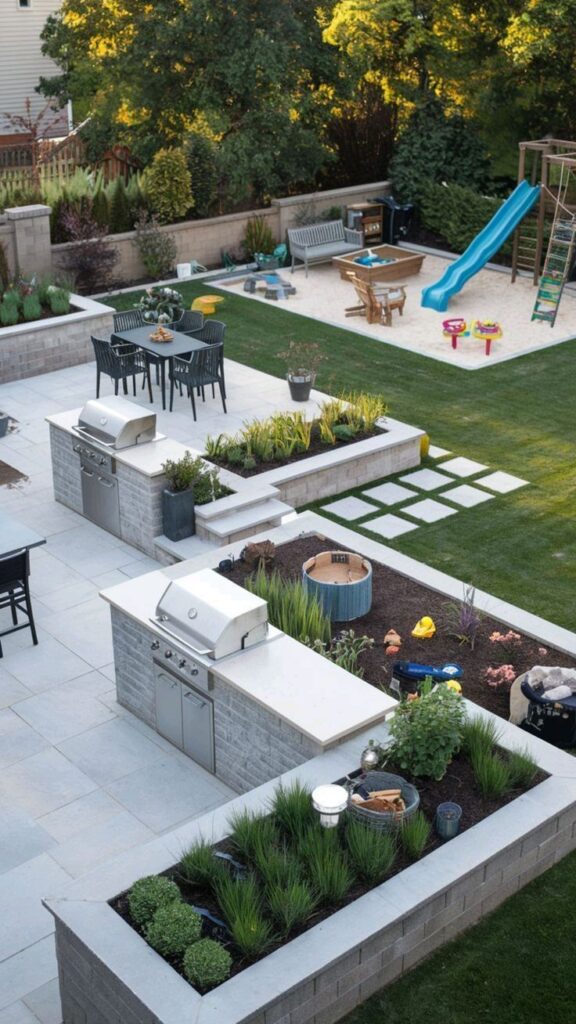
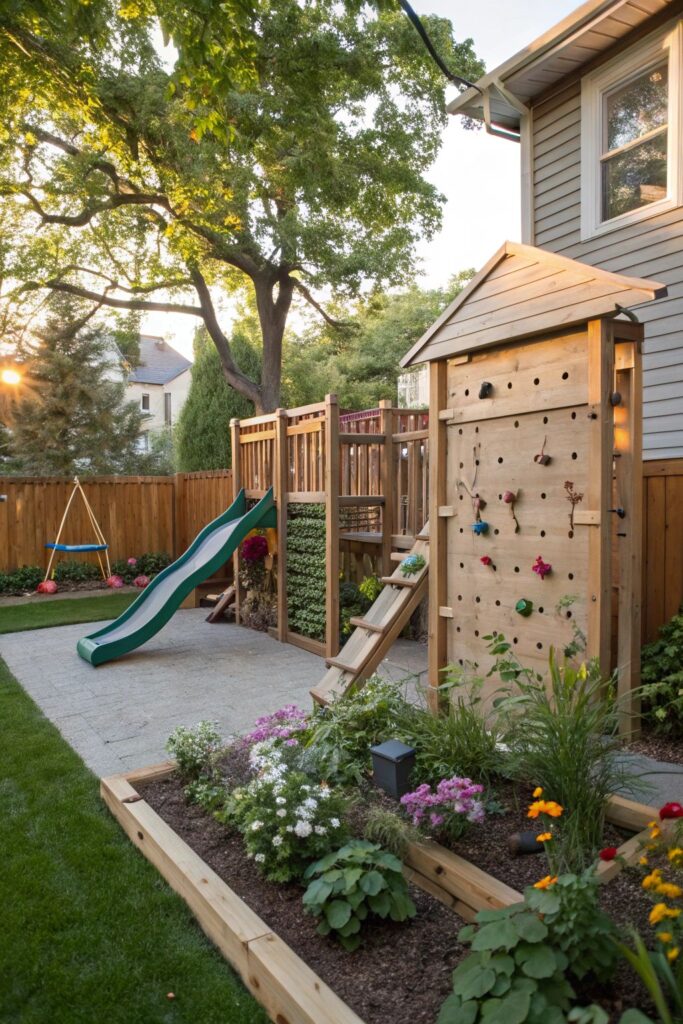
Shade is important, especially on those long summer afternoons. But large overhanging branches can become a danger in storms, and dense canopy trees can reduce visibility.
Opt for a combination of solutions:
- Shade sails and pergolas offer filtered light and can be positioned exactly where needed.
- Strategically planted trees can still work—just make sure they’re far enough from play zones and regularly maintained to prevent damage.
If you’ve got a large, aging tree that’s no longer safe—or simply planted in the wrong spot—it might be worth exploring Gold Coast Tree Removal services to make room for more family-friendly options.
Keep Storage Accessible, But Safe
Outdoor toys tend to multiply. A secure storage area not only keeps the yard tidy but also prevents accidents. Boxes or sheds with hydraulic lids or soft-close hinges are ideal for preventing little fingers from getting caught.
Make sure chemicals, gardening tools, and sharp items are stored separately and locked away. If the shed doubles as a workspace, add a simple baby gate or lock to keep curious hands out.
Final Touches That Make All the Difference
- Lighting: Motion-sensor solar lights along fences or paths help prevent trips in the early evening.
- Security cameras or outdoor baby monitors offer peace of mind if you can’t be in the yard with them all the time.
- Signage: For communal backyards or shared driveways, clear signs can gently remind others about speed limits or shared boundaries.
Final Thoughts
Designing a kid-friendly backyard isn’t about making it “childproof”—it’s about thoughtful planning that balances freedom with safety. With the right layout, clear sightlines, and gentle barriers in place, you’ll create a space where kids can explore confidently and parents can relax knowing they’re secure. Whether it’s clearing hazards, adding play zones, or removing old trees to open up space, small changes can have a big impact on how your family experiences the outdoors.
- 1share
- Facebook0
- Pinterest0
- Twitter1
- Reddit0

